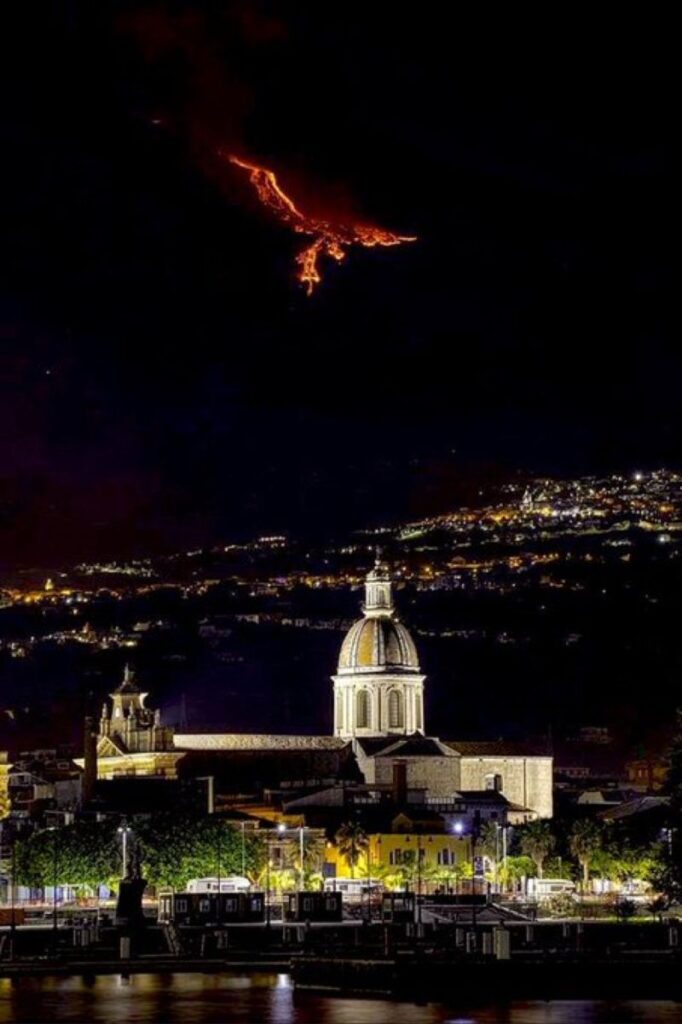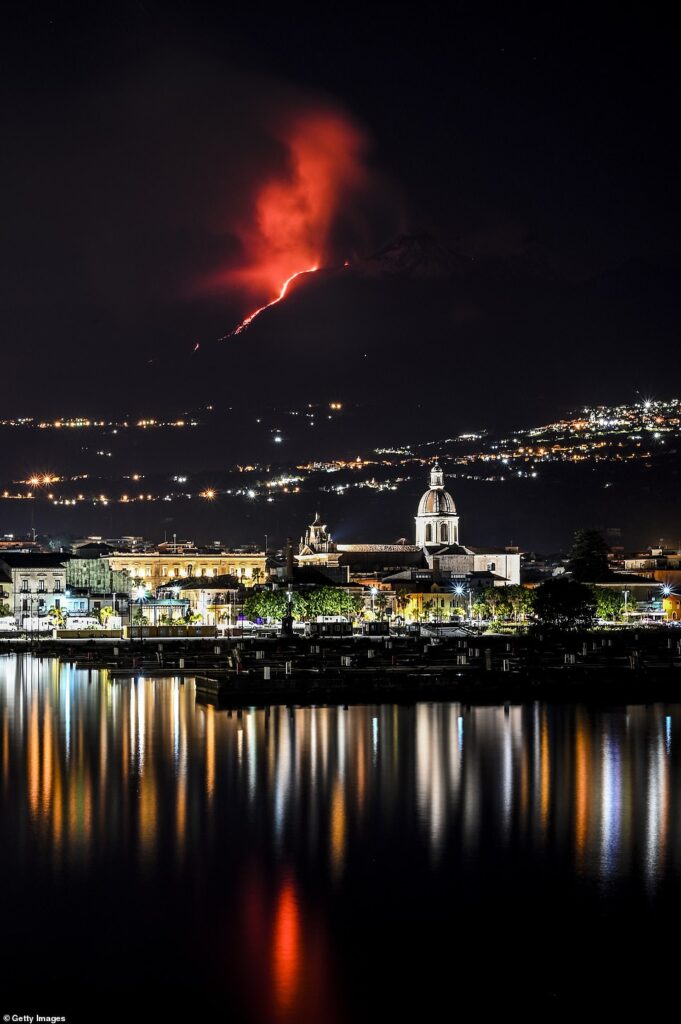
Mount Etna, one of the most active volcanoes in the world, recently erupted, causing significant devastation to the surrounding area. The eruption produced a spectacular display of lava fountains, ash plumes, and volcanic lightning, which can be awe-inspiring to witness but also quite dangerous.
The recent eruption caused damage to nearby towns and cities, with the ash plume forcing several airports to close temporarily and some flights being diverted or canceled. The lava flow from the eruption destroyed several buildings and roads, causing widespread panic and forcing some residents to evacuate.

The eruption of Mount Etna serves as a reminder of the power of nature and the importance of being prepared for natural disasters. While volcanoes are fascinating to observe, they can also be deadly and unpredictable, which is why scientists and officials will continue to monitor Mount Etna and other active volcanoes to ensure the safety of nearby residents and travelers.

In addition to the immediate impacts of the eruption, there are also long-term effects to consider. The ash and other volcanic materials released during the eruption can have a significant impact on the environment and human health. The ash can contaminate water supplies, damage crops, and affect air quality, causing respiratory problems for those in the surrounding area.

Overall, the recent eruption of Mount Etna serves as a reminder of the importance of understanding and respecting the power of nature. While we cannot prevent natural disasters from occurring, we can take steps to prepare for them and minimize their impact on our communities.

Leave a Reply